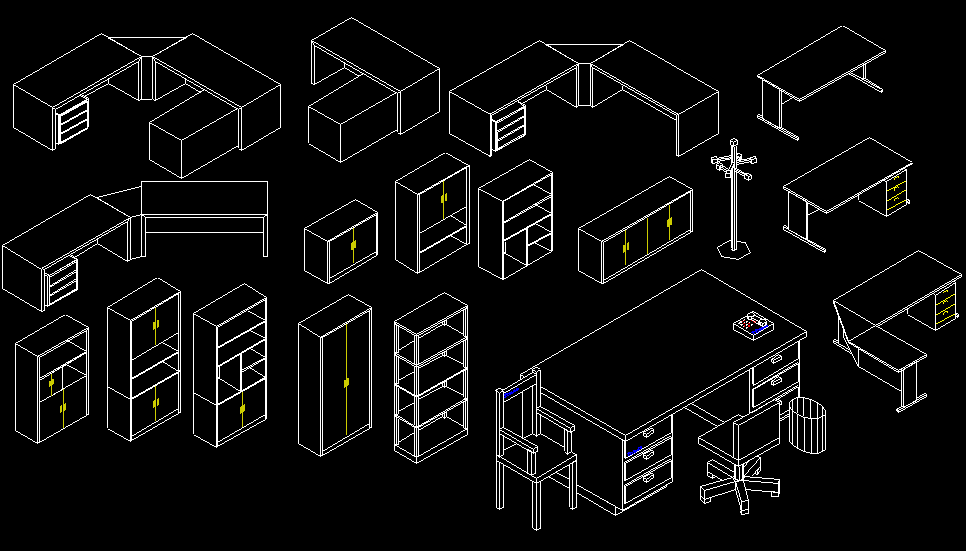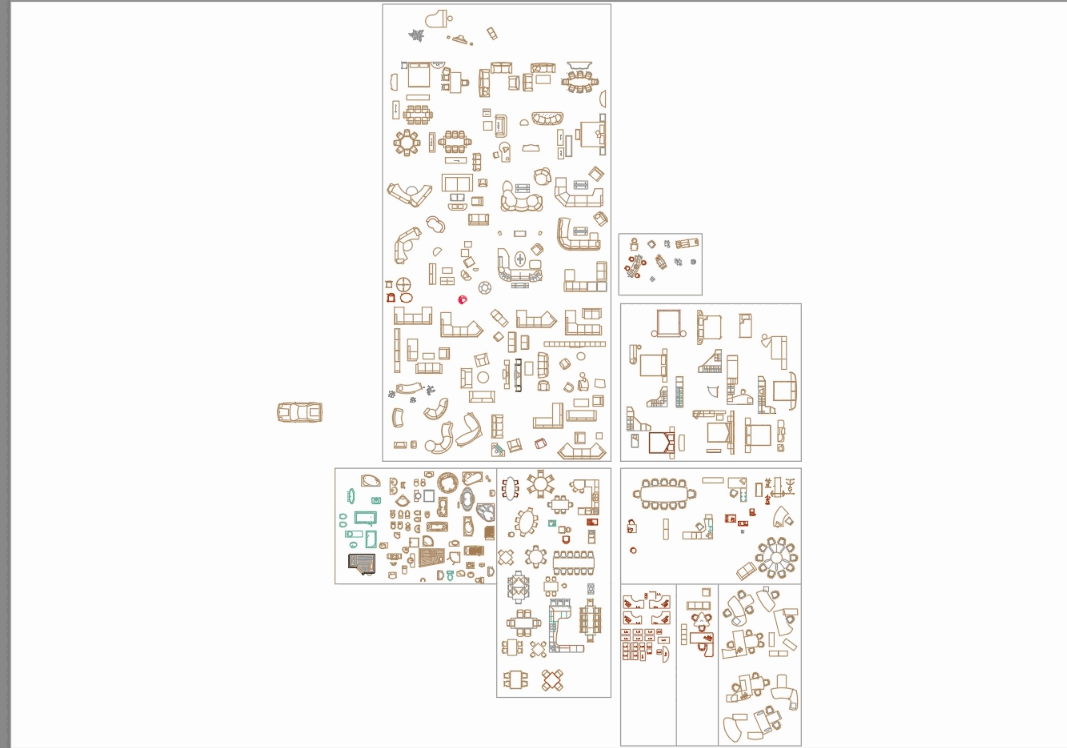Breaking News
Bloques Muebles Para Autocad Gratis
вторник 09 апреля admin 4
☆【Interior Design 2D Blocks】Download These Cad Blocks and Drawings now!! More information. Hatchs para autocad Autocad, Template, Architecture Blueprints. Bloques Autocad Over 500+. HATCHS PARA AUTOCAD GRATIS 2D AutoCAD. Medidas de muebles para planos arquitectonicos. Los bloques son descargables de manera gratuita y sin registros previos Perfectamente ordenados por familias: detalles constructivos, instalaciones, muebles,.
SketchUp Tutorials Using the Sandbox Tools: Terrain, Draping and Dropping (WORK IN PROGRESS) In this tutorial: Adding the Sandbox Toolbar Creating a terrain model (TIN) from elevated contours:. Using 3D contours from.dwg files (Installing the Simplify Contours plugin).
Creating 3D contours. Creating a terraced terrain model. Creating a TIN Modifying a TIN Creating a Surface Mesh from Scratch Using a Mesh to Modify a TIN Extracting contours from a modified TIN Draping elements on a TIN Placing elements and stamping footprints on a TIN Using the drop tool Projecting images and patterns on terrain models Adding the Sandbox Tools The sandbox tools allow you to create terrain models from contours with elevations and drape objects (roads, parks, buildings, water bodies, etc.) over the terrain model. If the snadbox toolbar is not visible, go through the following steps: Windows: go to windows> preferences> extensions> sandbox tools, Mac: go to SketchUp> preferences> extensions> sandbox tools, now go back and turn on the sandbox tools at view> toolbars> sandbox tools.
Creating a TIN (terrain surface) from 3D contours (lines with elevations) You can create a terrain model in a number of different ways. If you already have digital contours in another program, you can bring contour lines into SketchUp as a.dwg file from ArcGIS, AutoCad, Rhino, Microstation or any another 3D modeling programs (see Interfacing with other Programs). Alternatively, you can create elevated contours directly in SketchUp. Twilight render v1 4 5 cracked. Using contours from.dwg files: If you have brought elevated contours into SketchUp as a.dwg file, the lines usually come in as a series of very small segments so you will probably want to clean up the contours using the Simplify Contours plugin. This will reduce the number of line segments in the contours and significantly speed up and improve the terrain modeling and manipulation processes.
To install the Simplfy Contours plugin: go to the Ruby Depot website, click on Plugins under the Links menu, then open the Ruby Files Archives. Here you will find many useful plugins for SketchUp, including Simplify Contours. After downloading the plugin, unzip it to the following folders: Windows: C:/program files/Google/Google SketchUp 6/Plugins Mac: Library/Application Support/Google Sketchup 6/Plugins Once you have the plugin placed in the appropriate folder, you will need to restart SketchUp to activate the plugin. After you restart the program, if you don't see a Plugins tab in the menu bar, check to make sure you put the plugin in the correct folder. And unzipped the file!
You might also need to go to Preferences> Extensions> and turn on all of hte extensions to activate the plugins menu. Creating elevated contours: Another way to created a 3D set of contours is to draw the contours directly in SketchUp. Once you have drawn the contours, you will have two options: you can elevate the contours and create a TIN, or you can build a terraced terrain model. If you have a hand-drawn contour plan, or a digital 2D contour plan available as a.jpg or other image file, bring this file in as a base image and trace the contours in SketchUp using the pencil or freehand drawing tool. (See Importing Images for Basemaps in the Building Models tutorial). Once you have traced the contours in 2D, you have two options: Option 1: Create 3D contours. Select each contour line with the move tool (hit the Up Arrow to lock on the vertical (blue) axis) and elevate the lineto the appropriate elevation.
(Note: If you drew your lines on a surface you might need to isolate the contours by selecting them and moving them to the side (hit the Left or Right arrows to lock into X and Y axes) Using this method you will create a set of 3D contours, floating in space. A set of elevated contours is great for making a TIN but it is difficult to manipulate floating lines in SketchUp. Option 2: Create a terraced terrain model. If you drew your contours on a flat surface you will have a set of distinct planes that can be pushed and pulled. If not, you can create surfaces by connecting the ends of the contours. Once you have a set of surfaces, use the push/pull tool to raise each surface to the appropriate elevation.

This gives you a terraced terrain model that is fairly easy to manipulate. Creating a TIN (or a triangulated surface): Regardless of the method you use to create a set of 3D contours, the process for making the TIN is the same. Select all of the 3D contour lines or the terraced terrain model and click on “Terrain from Contours” (the button furthest to the left), and wait. Do not interrupt this process or Sketchup will crash. If the program crashes even without any interruptions you might need to select a smaller set of contours. Originlab 2017. Unlike ArcScene, SketchUp can not handle very larger terrain models.
